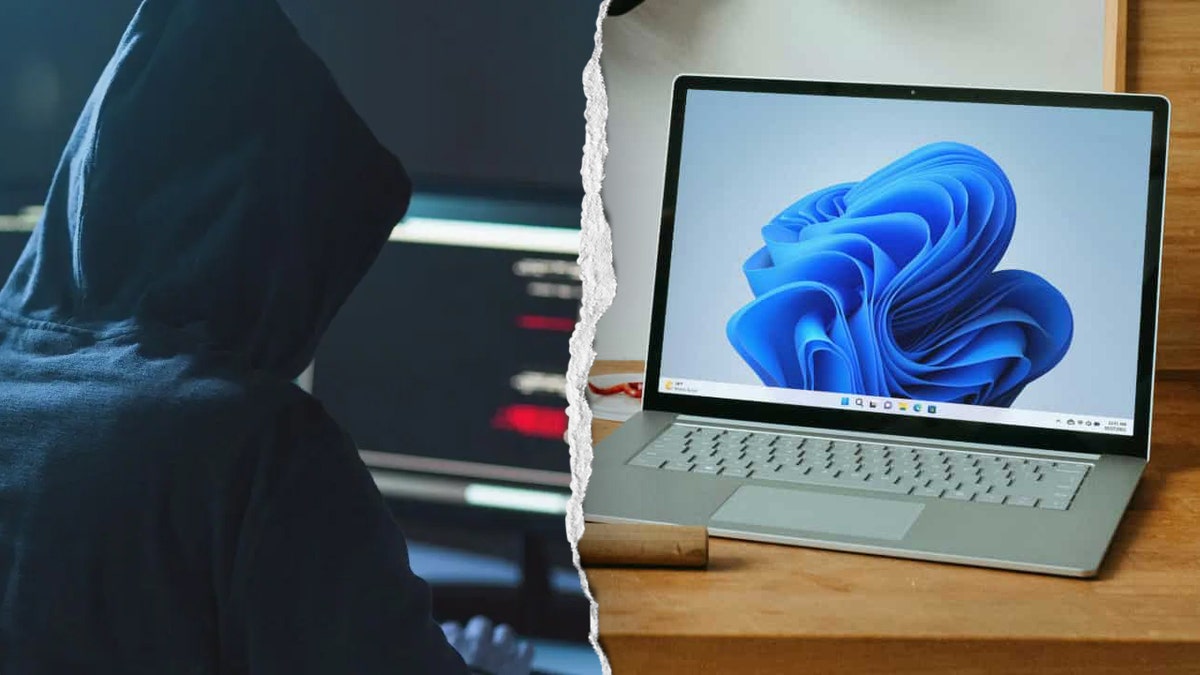NEWYou can now listen to Fox News articles!
Most modern Windows PCs rely on Microsoft Defender as their first line of defense against malware. Over the years, it has evolved into a capable and often underrated antivirus that blocks a wide range of threats. But a hacker group has found a way to abuse a legitimate Intel CPU tuning driver in a “Bring Your Own Vulnerable Driver” (BYOVD) attack to completely disable Microsoft Defender.
The technique has been observed since mid-July 2025 and is already being used in active ransomware campaigns. The method doesn’t rely on exploiting a software bug or delivering an obviously malicious file. Instead, it takes advantage of how the Windows driver system is designed to allow deep hardware access.
Let’s discuss all you need to know about the attack and how you can stay safe.
HOW SCAMMERS TARGET YOU EVEN WITHOUT SOCIAL MEDIA
Sign up for my FREE CyberGuy Report
Get my best tech tips, urgent security alerts, and exclusive deals delivered straight to your inbox. Plus, you’ll get instant access to my Ultimate Scam Survival Guide – free when you join my CYBERGUY.COM newsletter.
How Akira ransomware disables Microsoft Defender
The Akira ransomware group has developed a new way to bypass security tools by using a legitimate Intel CPU tuning driver called rwdrv.sys from the performance-tweaking tool ThrottleStop. Security firm GuidePoint Security says attackers load this driver to gain kernel-level access to Windows systems, then install a second malicious driver, hlpdrv.sys, which changes the DisableAntiSpyware registry setting via regedit.exe to shut down Microsoft Defender.
Once Defender is disabled, attackers can run other malicious programs undetected. GuidePoint says this method has been consistently spotted in Akira campaigns since mid-July.

Akira ransomware targets Microsoft Defender and SonicWall VPNs
The same group has also been linked to attacks targeting SonicWall VPN devices. SonicWall has stated that these incidents likely involve a known vulnerability, CVE-2024-40766, rather than a brand-new zero-day. The company recommends restricting VPN access, enabling multi-factor authentication, and disabling unused accounts as immediate defenses.
Akira attacks often involve stealing data, setting up hidden remote access, and deploying ransomware to encrypt files across an organization. Security experts warn that fake or lookalike websites are increasingly being used to distribute these malicious tools.
FBI WARNS SENIORS ABOUT BILLION-DOLLAR SCAM DRAINING RETIREMENT FUNDS, EXPERT SAYS AI DRIVING IT
Researchers at GuidePoint have published a YARA detection rule, along with file names, service names, SHA-256 hashes, and file paths to help identify this activity. They recommend administrators actively monitor for these indicators, apply filtering and blocking rules as new IoCs emerge, and only download software from official or verified sources.
We reached out to Microsoft for a comment, but did not hear back before our deadline.

6 ways to protect yourself against Akira ransomware and similar threats
The Microsoft Defender attack is smart and dangerous, but you’re not without defenses. Here are a few tips to help you stay safe:
1) Use strong antivirus software
Even with regular updates, Windows systems can be left exposed if built-in defenses are disabled. A strong antivirus software with real-time protection, kernel-level monitoring, and frequent updates can provide backup security. The best way to safeguard yourself from malicious links that install malware, potentially accessing your private information, is to have strong antivirus software installed on all your devices. This protection can also alert you to phishing emails and ransomware scams, keeping your personal information and digital assets safe.
Get my picks for the best 2025 antivirus protection winners for your Windows, Mac, Android & iOS devices at CyberGuy.com.
2) Limit exposure
Many exploits rely on user interaction, such as clicking a shady link, downloading a compromised file, or mounting an untrusted virtual disk. Stick to reputable websites, avoid opening unsolicited email attachments, and use a browser with built-in security features (like Microsoft Edge or Chrome with Safe Browsing enabled).
3) Avoid running unexpected commands
Never paste or run commands (like PowerShell scripts) you don’t understand or that were copied from random websites. Attackers often trick users into unknowingly running malware this way.
GOOGLE CONFIRMS DATA STOLEN IN BREACH BY KNOWN HACKER GROUP
4) Keep your software updated
Regularly update your operating system, browsers, and all software applications. Updates often include patches for security vulnerabilities that malware can exploit.
5) Use two-factor authentication (2FA)
Enable 2FA on all your accounts. This adds an extra layer of security by requiring a second form of verification, making it harder for attackers to gain access even if they have your password.
6) Invest in personal data removal services
Even with strong device security, your personal information may still be exposed online through data brokers and people-finder sites.
While no service can guarantee the complete removal of your data from the internet, a data removal service is really a smart choice. They aren’t cheap – and neither is your privacy. These services do all the work for you by actively monitoring and systematically erasing your personal information from hundreds of websites. It’s what gives me peace of mind and has proven to be the most effective way to erase your personal data from the internet. By limiting the information available, you reduce the risk of scammers cross-referencing data from breaches with information they might find on the dark web, making it harder for them to target you.
Check out my top picks for data removal services and get a free scan to find out if your personal information is already out on the web by visiting Cyberguy.com.
Get a free scan to find out if your personal information is already out on the web: Cyberguy.com.
Kurt’s key takeaway
Akira’s trick shows a bigger flaw in how Windows trusts certain tools. A driver meant for harmless CPU tuning ends up being the key to turning security off. Since it’s from a legitimate source, Windows just lets it through without asking questions. We tend to think hackers always break in from the outside. Here, they’re already inside the circle of trust, using the system’s own rules.
Should Microsoft be doing more to stop ransomware groups from disabling Defender? Let us know by writing to us at Cyberguy.com.
Sign up for my FREE CyberGuy Report
Get my best tech tips, urgent security alerts, and exclusive deals delivered straight to your inbox. Plus, you’ll get instant access to my Ultimate Scam Survival Guide – free when you join my CYBERGUY.COM newsletter.
Copyright 2025 CyberGuy.com. All rights reserved.
Read the full article here











